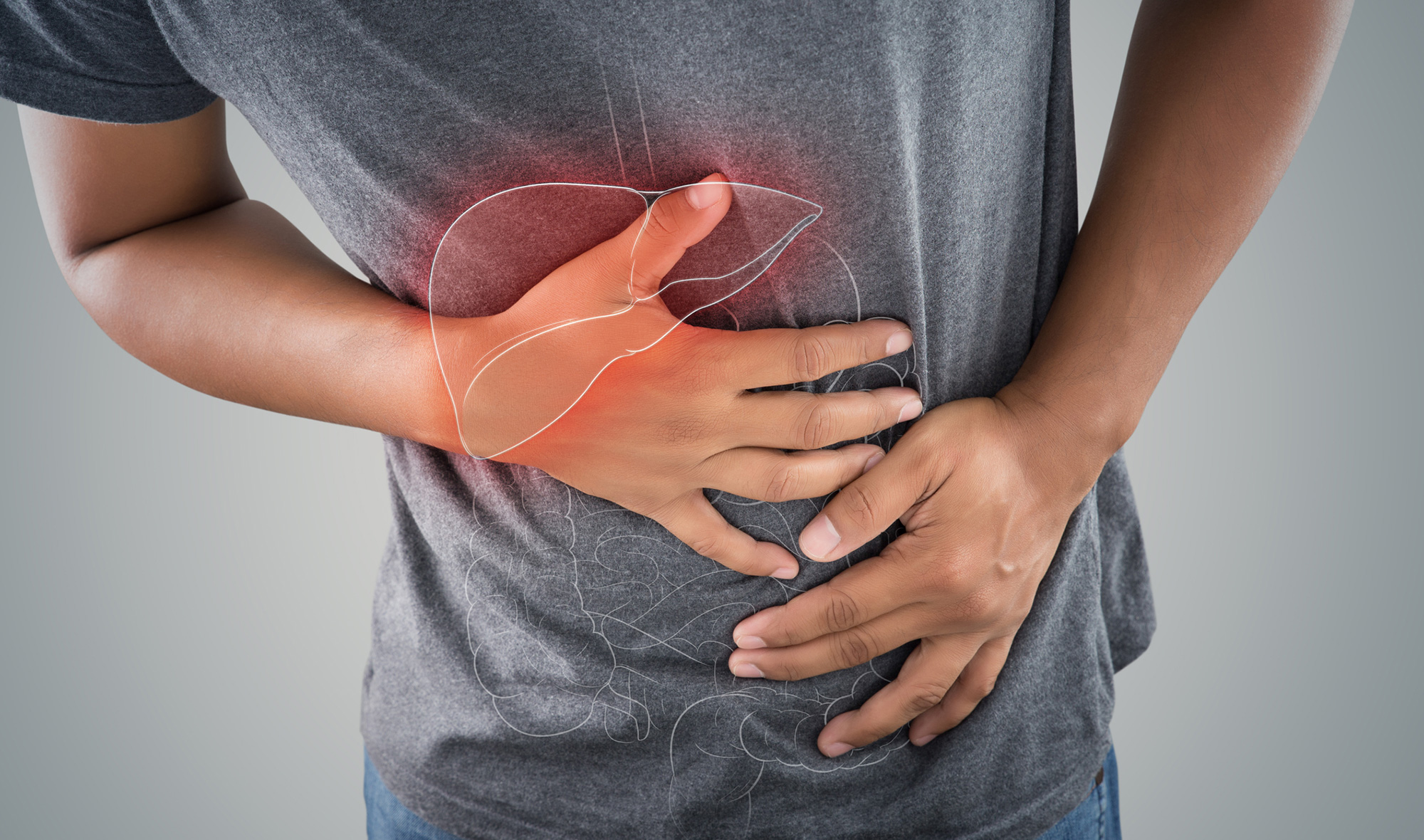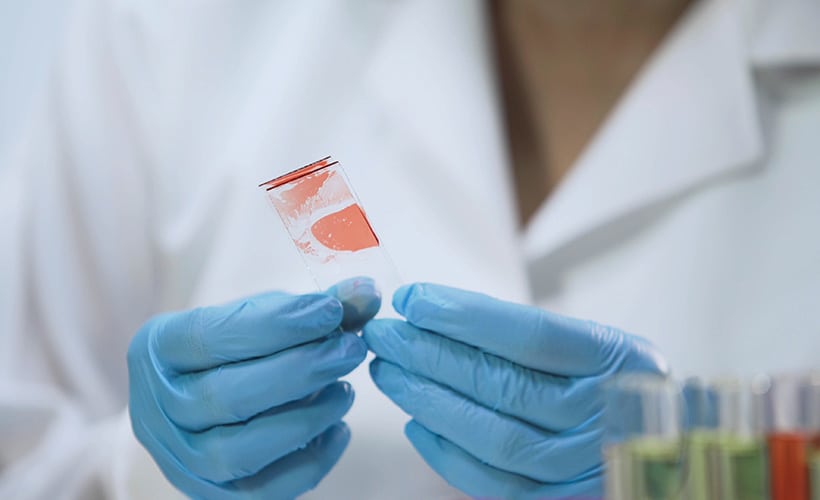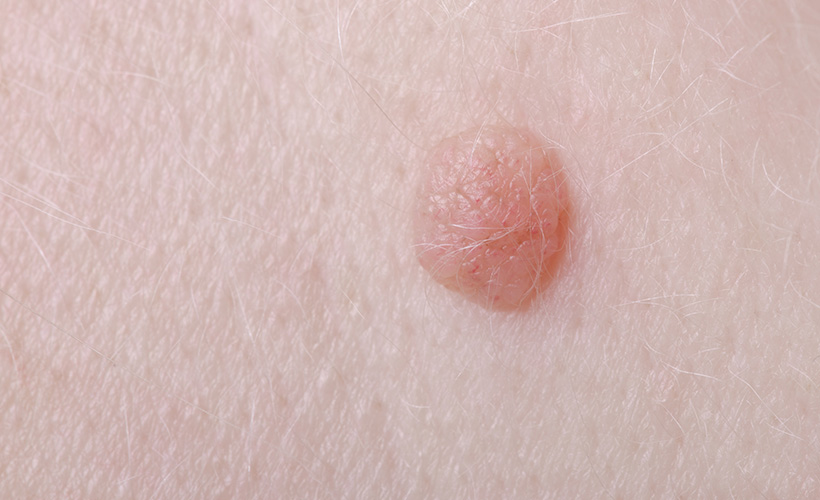The most common forms of liver disease include:
- Liver Cirrhosis (alcoholic and non-alcoholic)
- Hepatitis A – an acute, short lasting viral infection of the liver
- Hepatitis B and C – potentially chronic viral infections that can lead to liver failure, cirrhosis and cancer
- Autoimmune hepatitis – in which the body’s immune system attacks the liver causing it to become inflamed
- Non-alcoholic fatty liver disease – in which the fat content of the liver exceeds 10%
- Hemochromatosis – an inherited condition in which excessive dietary iron is stored, leading to liver damage
- Liver cancer.
The role of the liver
The liver is a truly remarkable organ. Residing behind the rib cage in the right upper abdomen, the liver is the largest organ in our body. It is the only organ capable of regrowing itself. A large part of the liver can be surgically removed due to disease, and in time the liver will simply grow back!
The liver is such a remarkable organ that we cannot live without it performing its many important functions. These include breaking down harmful substances, removing waste from the body, storing nutrients and vitamins and regulating the levels of many different chemicals in the body. As well it controls cholesterol production and removal, immune factors and releases bile to aid digestion.
Liver disease can be acute as the result of an infection such as hepatitis, or it can be chronic and degenerative, eventually leading to liver failure and in some cases, death. Liver disease can be primary as in hepatitis or secondarily involved in illnesses such as glandular fever or toxoplasmosis. Liver cancer can also be primary or secondary – the liver being a common point of spread for many cancers.
Types of liver disease
Cirrhosis
Fibrosis and cirrhosis of the liver are two chronic liver diseases. Cirrhosis is most commonly (but not always) the result of over-consumption of alcohol. Non-alcoholic causes include chronic viral hepatitis, drug overuse or chemical exposure, autoimmune disease, diabetes and malnutrition. The liver is progressively damaged and healthy tissue is replaced with scar tissue, gradually reducing blood flow through the liver, and reducing its ability to detoxify and break down hormones, drugs and poisons. Fibrosis leads on to cirrhosis and the liver shrinks and becomes hard. Eventually liver failure is the outcome.
Jaundice
Jaundice in newborns is quite common, with its characteristic yellow skin, resulting from the breakdown of a high number of red blood cells in the newborn. Treatment is with light therapy and very occasionally an exchange transfusion.
In adults, jaundice occurs with a yellowing of the skin and the whites of the eyes, and often dark urine. Jaundice is caused by high levels of bilirubin (bile pigment) in the bloodstream, as a result of inflammation of liver cells or blockage of the bile ducts.
A gallstone can become stuck in the bile duct causing considerable pain along with jaundice. A more insidious form of blockage occurs from outside the bile duct as in cancer of the pancreas. Jaundice may be the first sign of liver disease, and should always be investigated quickly.
Hepatitis
Hepatitis A is usually a mild and short-lived illness, although serious outbreaks through food handling do occur.
Hepatitis B is endemic in New Zealand. The illness may be mild and brief and cause the person to become immune or a carrier liable to infect others. This can occur by simple contact with open sores or bleeding skin. A carrier is a carrier for life, and this can be detected by a blood test. There is a 3-shot vaccine available with a 95% effectiveness against Hepatitis B.
Hepatitis C is transmitted through blood contact usually by drug users sharing needles. The other types of viral hepatitis are less common, apart from that associated with glandular fever caused by the Epstein Barr virus.
Liver disease symptoms
Liver disease includes these symptoms:
- Loss of appetite, nausea and fatigue
- Abdominal pain and fever
- Dark urine and pale stools
- Excessive thirst
- Collecting of fluid in the abdomen (ascites)
- Coughing or vomiting up blood
- Skin itching
- Jaundice, weakness and weight loss
- Agitation, confusion and coma.
1. Alcohol moderation
Alcohol moderation is a vital first step in looking after your liver. Both men and women can get liver damage from excessive alcohol. Current recommendations are for no more than 2 standard drinks/day for women and three for men with at least 2 alcohol-free days each week.
2. Healthy weight
Healthy weight will reduce your risk of developing a fatty liver. Approximately 75% of obese people have a fatty liver.
3. Stop smoking
Stop smoking as cigarette smoking may increase your risk of developing liver cancer, as well as enhancing the toxic liver effects of some medications including common painkillers.
4. Safe Sex
It’s not just HIV you need to worry about (and other STDs) with unsafe sex. Hepatitis B and C can both be contracted through unprotected vaginal or anal sex. The risk is increased during menstruation and with multiple sex partners.
5. Don’t do drugs
Intravenous drug use is a common way of contracting Hepatitis B and C, especially if needle sharing in involved. Never be tempted to share personal items like a toothbrush, or razor blade with anyone else, as this can transmit Hepatitis B and C.














Community